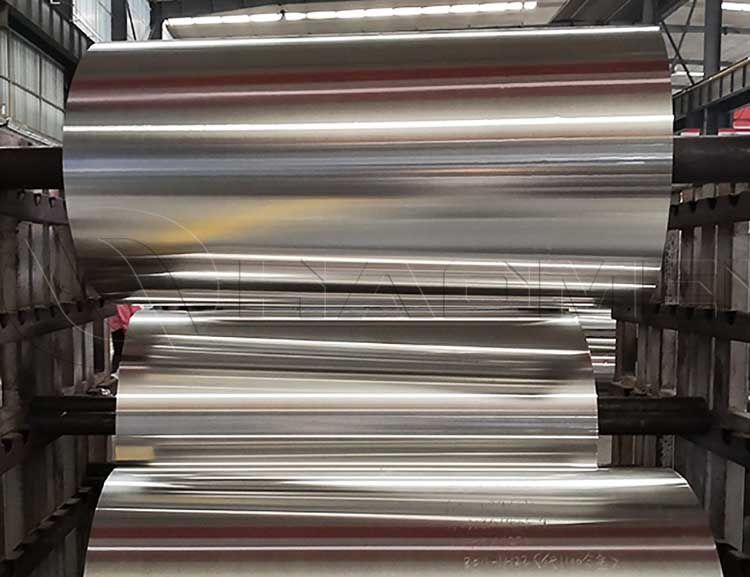1235 1070 Aluminum Foil for Lithium Ion Battery
Publish Time: 2023-02-17 Origin:https://www.hmaluminumsupply.com
Lithium battery aluminum foil can be divided into power battery foil, consumer battery foil, and energy storage battery foil. Among them, power battery foil currently has the largest demand, accounting for more than 50%, while the consumer battery aluminum foil market is basically saturated.
Battery aluminum foil is used as a current collector for lithium-ion batteries. Typically, the lithium-ion battery industry uses rolled aluminum foil as the positive current collector. Rolled foil thicknesses vary from 10 to 50 microns. Commonly used lithium battery aluminum foils are 1060, 1050, 1070, 1235, etc. The tempers are O, H14, H24, H22, H18.
1235 aluminum foil is an aluminum foil with an aluminum content of not less than 99.35%. Haomei Aluminum can process 1235 aluminum foil with a thickness of 0.009-0.02 mm. It is of excellent anti-rust properties, formability and weldability.

The shell material of the energy power battery is preferably 3003 aluminum foil. 3003 power battery shell material has good formability and is mainly used in deep-drawing materials. The use of 3003 aluminum alloy for stamping parts, models, shells, etc. has many advantages such as good surface, good plasticity, and pressure resistance.
Aluminum foil is a kind of material that is directly rolled from metal aluminum into thin sheets. It is used as a coating substrate for the positive electrode sheet of lithium batteries and is a key material in the positive electrode. Its quality directly affects the efficiency and pass rate of coating, rolling, tableting and other processes.
The consistency of the thickness and surface density of the 1070 aluminum foil The consistency of the thickness and surface density of the aluminum foil is controlled within ±2%, which can improve the consistency of the battery. The surface tension is ≥32 dyne, which is conducive to the spreading of the coating slurry on the aluminum foil. The tensile strength is 160-210Mpa, and the elongation is 1.5-3.0%, which ensures the processing performance of the battery positive electrode.